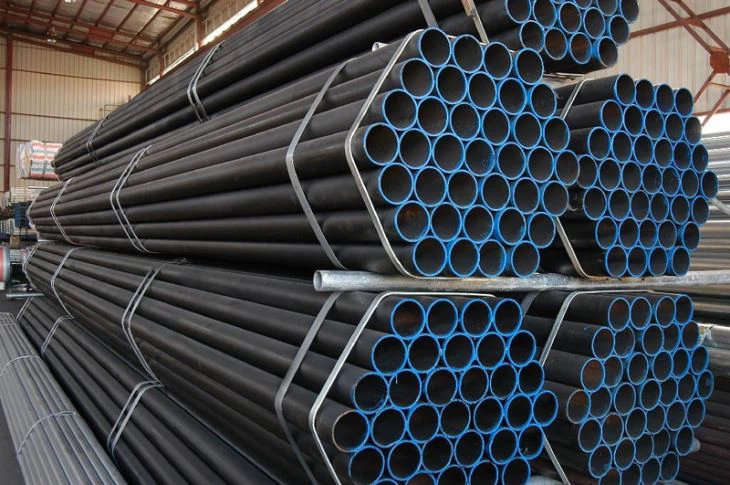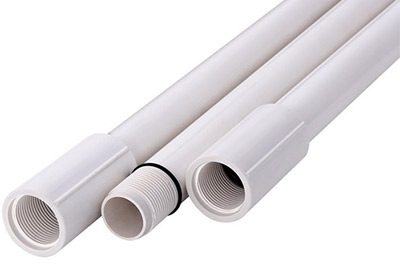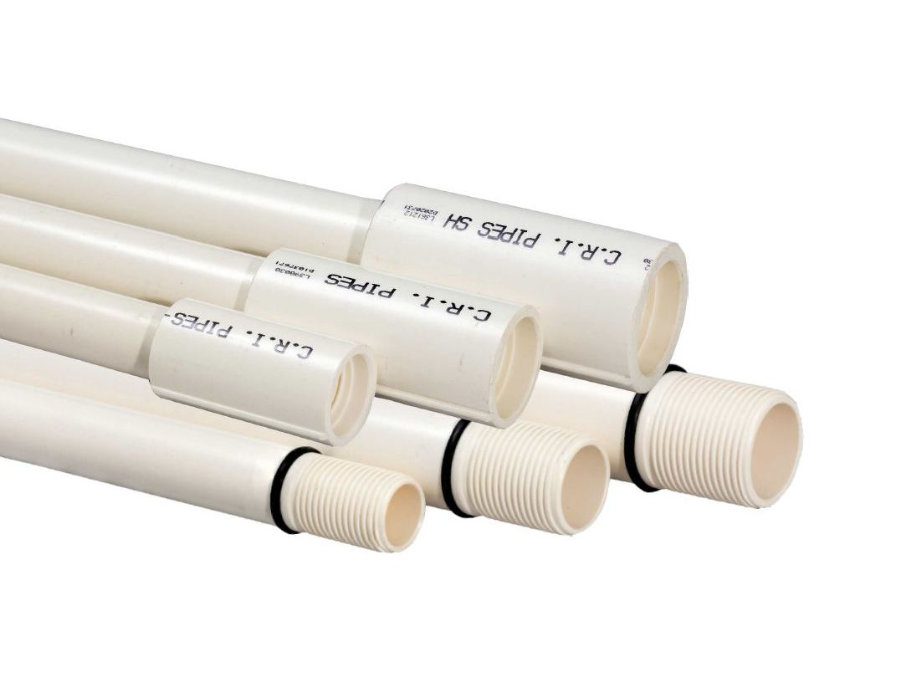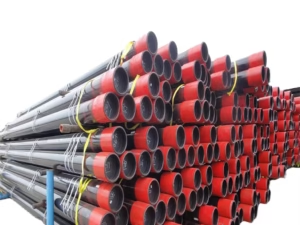Description
Pillar Pipes: Form, Function, and the Enduring Legacy of Architectural Plumbing
Pillar pipes, those seemingly simple vertical conduits that transport water and waste within buildings, often go unnoticed despite their crucial role. Far from being a modern invention, pillar pipes boast a history interwoven with architectural innovation and evolving sanitation standards. Understanding these often-overlooked components reveals a fascinating interplay between engineering, design, and public health.
More Than Just a Pipe: A Matter of Functionality
At its core, a pillar pipe is a vertical pipe that serves as a central artery in a building’s plumbing system. They are essential for:
- Water Supply: Delivering potable water to different floors and fixtures, ensuring consistent pressure and flow.
- Waste Drainage: Efficiently removing wastewater from sinks, toilets, and showers, preventing backups and maintaining hygiene.
- Ventilation: Providing a crucial vent for the drainage system, preventing the buildup of harmful gases and ensuring proper flow.
The strategic placement and sizing of pillar pipes are paramount in designing an effective and reliable plumbing network. Factors like the building’s height, water demand, and drainage requirements all influence the selection of appropriate pipe materials and dimensions.
A Historical Perspective: From Roman Innovations to Modern Materials
The concept of vertical plumbing isn’t new. The Romans, renowned for their engineering prowess, utilized sophisticated aqueducts and drainage systems, often incorporating vertical shafts to distribute water throughout their cities. These early examples, though rudimentary compared to modern systems, demonstrate the fundamental principle of utilizing gravity and vertical pathways for fluid transport.
Over centuries, pillar pipes evolved from clay and lead to cast iron, galvanized steel, and finally, modern materials like copper and PVC. Each era brought advancements in durability, corrosion resistance, and ease of installation. The development of standardized pipe fittings and connection methods further streamlined the plumbing process, making it more efficient and accessible.
Design Considerations: Aesthetics and Integration
While functionality reigns supreme, the visual impact of pillar pipes cannot be ignored. In older buildings, exposed pipes might be considered undesirable, leading to creative solutions for concealment. These ranged from decorative cladding and ornate detailing to clever integration within architectural features.
Modern architects increasingly embrace the exposed pipe aesthetic, highlighting them as industrial-chic elements within contemporary designs. Copper and stainless steel pipes, in particular, can add a touch of sophistication and visual interest to minimalist spaces. Careful planning and coordination are essential to ensure that exposed pillar pipes are both functional and aesthetically pleasing.
The Future of Pillar Pipes: Sustainability and Innovation
The future of pillar pipes lies in innovation driven by sustainability and efficiency.
- Water Conservation: Development of low-flow fixtures and greywater recycling systems necessitates optimized plumbing designs, potentially incorporating smaller diameter pipes and customized routing.
- Smart Technology: Integrating sensors and monitoring systems within pillar pipes allows for real-time leak detection, pressure regulation, and predictive maintenance, minimizing water waste and preventing costly repairs.
- Sustainable Materials: Research into bio-based and recycled materials for pipe manufacturing aims to reduce the environmental impact of plumbing systems.
Conclusion: A Vital Foundation
Pillar pipes, though often hidden from view, form the backbone of our modern buildings. Their evolution reflects a continuous pursuit of improved sanitation, efficiency, and design. As technology and environmental awareness continue to shape the building industry, expect to see even more innovative solutions that optimize the performance and sustainability of these vital architectural components. While their presence is often unseen, their contribution to our daily lives is undeniable. They are, quite literally, the lifeblood that flows through our buildings.









Reviews
There are no reviews yet.